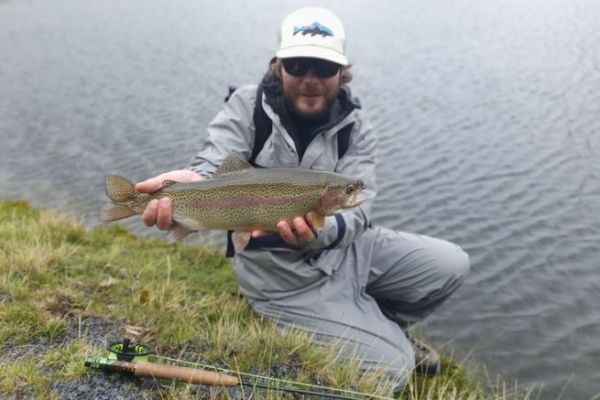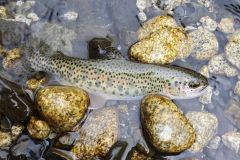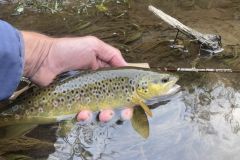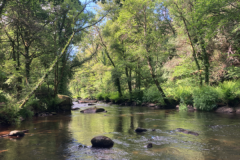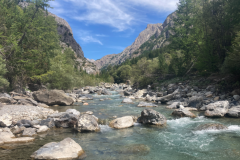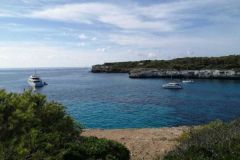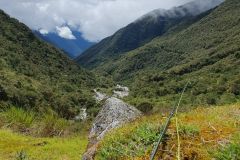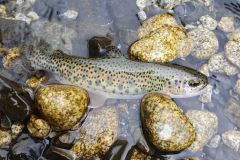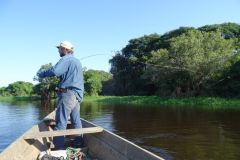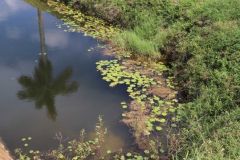As with the rivers, the lakes around La Paz are home to populations of rainbow trout (and sometimes brook trout). These lakes, with varying degrees of accessibility, are always located at high altitudes. So it's essential to take time to acclimatize. And, as with the rivers of the Altiplano, I can only advise you to hire a local guide to avoid problems and make your fishing easier.
The lakes
Lakes can be very different, depending on their altitude and environment. Some are very mineral and seem almost desert-like, while others have dense aquatic vegetation full of life. In any case, don't be fooled by appearances: every lake can be home to record-breaking trout.
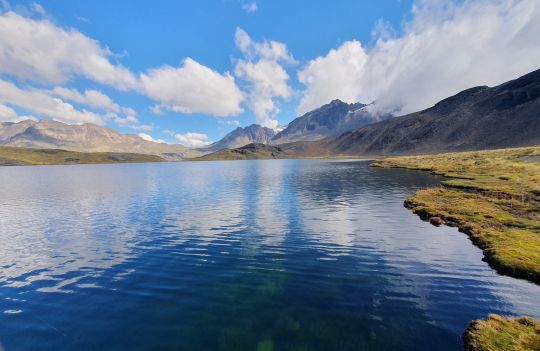
Those with extensive aquatic vegetation can be home to native fish, such as the Karachi. These local species are an excellent food resource for trout, promoting rapid growth. For anglers in search of trophies, it can be a good idea to target these lakes, where trout sometimes reach impressive sizes.
More mineral lakes, on the other hand, offer slower growth for fish, with a less diverse diet. Native species are often absent, and trout feed mainly on insect larvae living between the pebbles. However, the larger trout quickly become cannibals, and do not hesitate to hunt the young trout of the year.
It is important to note that some lakes belong to native communities, generally Aymara or Quechua. In such cases, it is essential to contact the local authorities to obtain permission to fish.
Salvelinus fontinalis
Brook trout are found in some Bolivian lakes. Unlike rainbow trout, this species reproduces very easily in lake environments. In the absence of natural predators on the Altiplano, their population can become overabundant. In these conditions, char are generally small, as competition for food is strong.
It's still a good idea to fish them lightly, dry or nymphing, with a 3-gauge silk rod, for example. In general, you'll get plenty of bites, which makes a nice change from rainbow trout.
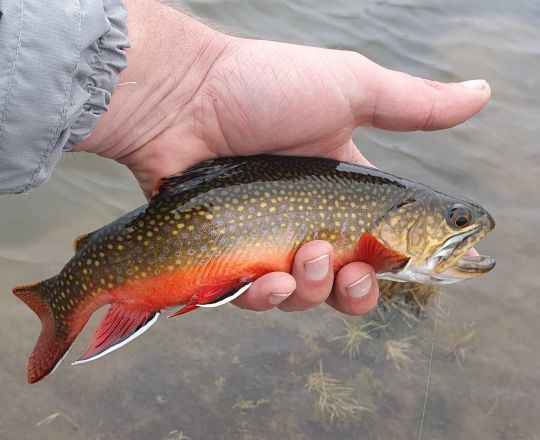
Lake Titicaca
I can't talk about the lakes of the Andes without mentioning the famous Lake Titicaca. At an altitude of over 3,800 metres, it is the highest navigable lake in the world. With a surface area of 8,562 km² and an average depth of 107 metres (maximum depth: 327 m), it is the largest freshwater reservoir in South America.
Once renowned for its abundant aquatic life, fishermen from all over the world came here to catch huge trout. Unfortunately, due to a total lack of regulation, excessive commercial fishing, and severe pollution caused by mining, urbanization of the shores, and dumping of waste into the lake, some forms of life have almost entirely disappeared. Today, fishing there is extremely difficult, and catching even a single fish on a line is a real feat.
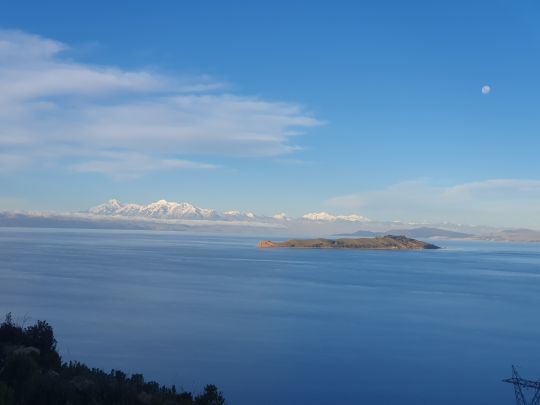
The lakes of the Altiplano offer numerous opportunities for fly fishing. Trout can reach remarkable sizes and, in some lakes, it is quite possible to catch fish weighing over 4 kg. However, it's essential to be well informed before setting out: not all lakes contain salmonid populations. The choice of lake is therefore essential to maximize your chances of success.

 /
/ 